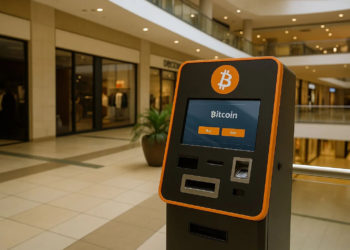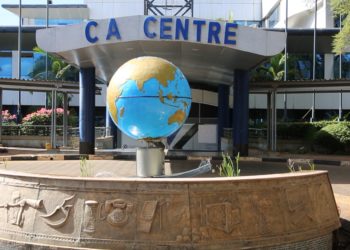Understanding the relationship between the Central Bank Rate (CBR) and economic growth in Kenya is crucial for grasping how monetary policy influences the broader economy. The CBR, set by the Central Bank of Kenya (CBK), serves as the benchmark interest rate that guides the cost of borrowing and lending in the economy. This rate plays a pivotal role in shaping economic activity, inflation, and overall growth.
The primary objective of the CBK’s monetary policy is to maintain price stability while supporting economic growth. When the CBK adjusts the CBR, it directly impacts short-term interest rates across the banking sector. A reduction in the CBR signals an easing of monetary policy, which typically leads to lower interest rates on loans and credit. This reduction makes borrowing cheaper for businesses and consumers, encouraging investment and spending. As a result, economic activity tends to increase, fostering growth.
Conversely, an increase in the CBR indicates a tightening of monetary policy. Higher interest rates make borrowing more expensive, which can dampen consumer spending and business investment. This slowdown in economic activity can help control inflation by reducing demand for goods and services. However, if the CBR is raised too high, it can stifle economic growth by making credit less accessible.
The relationship between the CBR and economic growth is also influenced by external factors such as global economic conditions, commodity prices, and exchange rates. For instance, during periods of global economic uncertainty or rising oil prices, the CBK may adjust the CBR to stabilize the economy. Additionally, fluctuations in the exchange rate can impact inflation and economic growth, prompting the CBK to modify the CBR accordingly. For example, the Monetary Policy Committee in Kenya increased the CBR to curb the depreciation of the Kenya Shilling, which tends to increase foreign currency inflows, hence supporting the domestic currency.
The effectiveness of the CBR in influencing economic growth also depends on the responsiveness of the banking sector and the broader financial system. When banks adjust their lending rates in line with changes in the CBR, the transmission of monetary policy is more effective. However, if banks are slow to adjust their rates or if there are structural issues in the financial system, the impact of CBR changes on economic growth may be muted.
The CBR is a vital instrument in Kenya’s monetary policy toolkit, influencing economic growth through its impact on borrowing costs and financial conditions. By carefully adjusting the CBR, the CBK aims to foster a stable economic environment that supports sustainable growth. Understanding this relationship helps policymakers, businesses, and consumers make informed decisions that contribute to the overall health of the economy.


















